Trading coins is not about who looks at more indicators, but about who uses them wisely.
Today, I want to share with you my heartfelt insights. After 15 years of market hardships, here are the 6 life-saving indicators that I’ve ended up with.
1. MACD
MACD measures the convergence and divergence of two moving averages of asset prices over time.
MACD represents the value separation between two moving averages with different calculation periods.
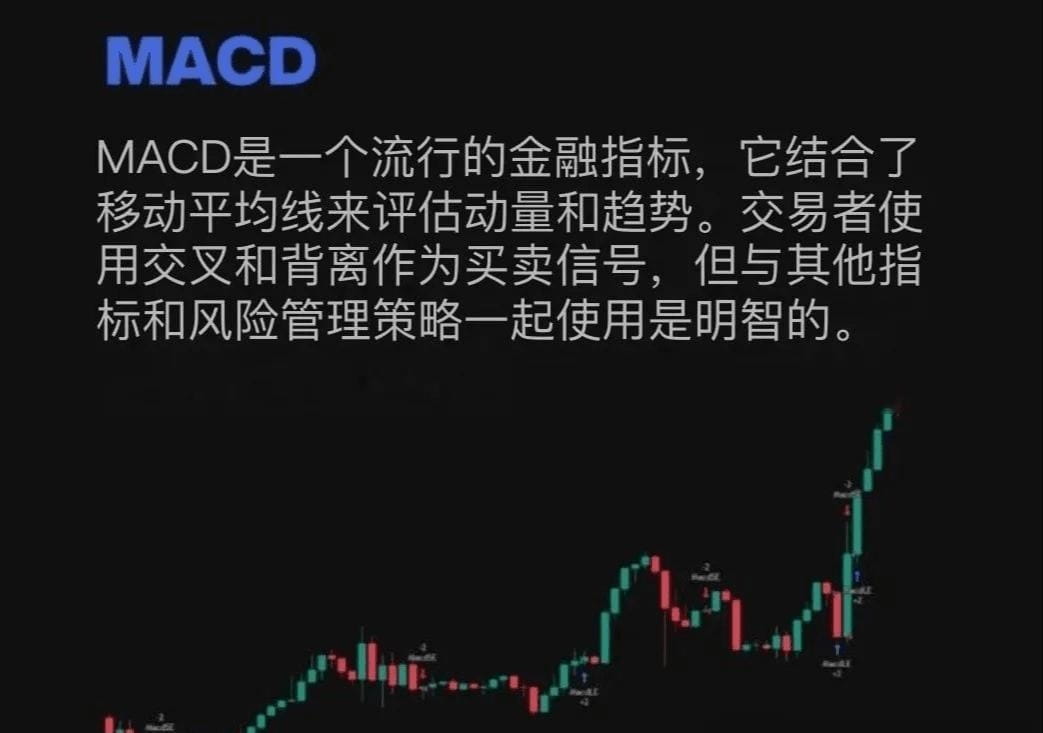
When the MACD line crosses above the signal line, the trend will be bullish.
When the MACD line crosses below the signal line, the trend will be bearish.
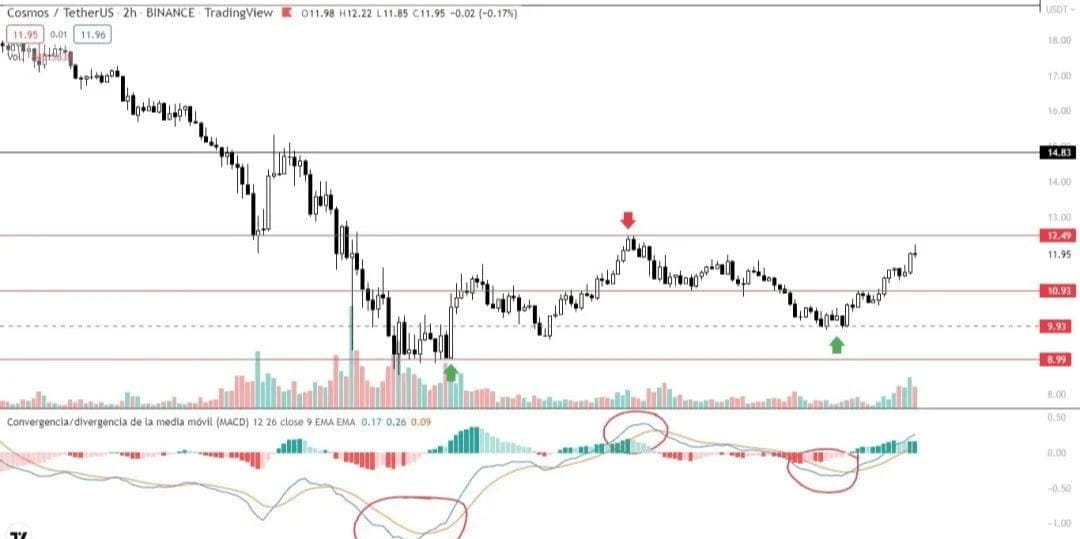
2. RSI
RSI is an oscillating indicator that reflects the relative strength between upward and downward trends.
RSI indicator around the 30 level: reflects oversold conditions.
RSI indicator around the 70 level: reflects overbought conditions.
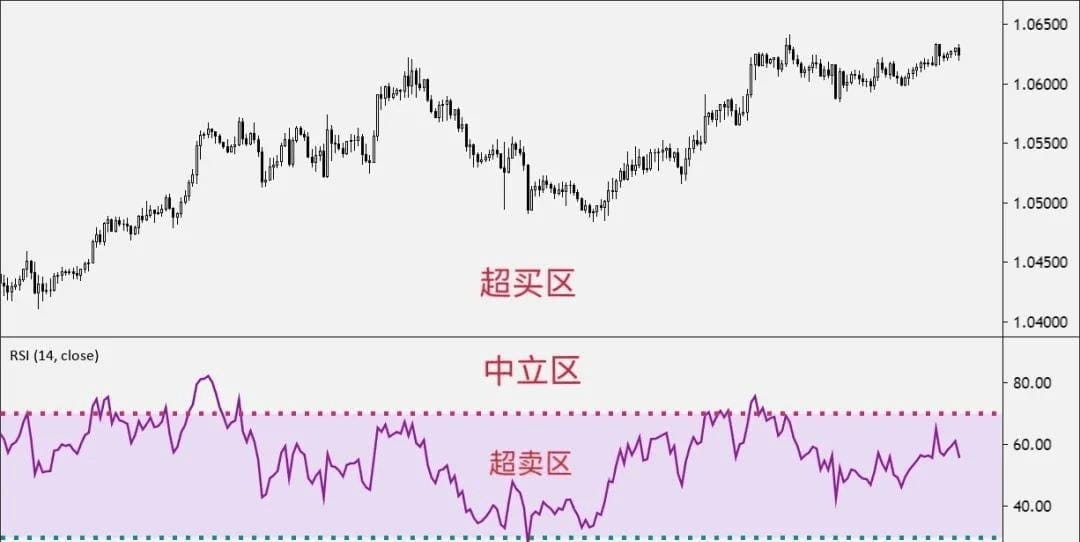
To draw an upward trend line on indicators, you need to connect two or three or more peaks of the RSI indicator, just like when HH points appear.
On the other hand, draw a downward line by connecting three or more peaks that are declining.
3. Bollinger Bands
Bollinger Bands are one of the most widely used trading indicators.
They are used to compare the price value of any asset and the changes in its price relative to its value over time.
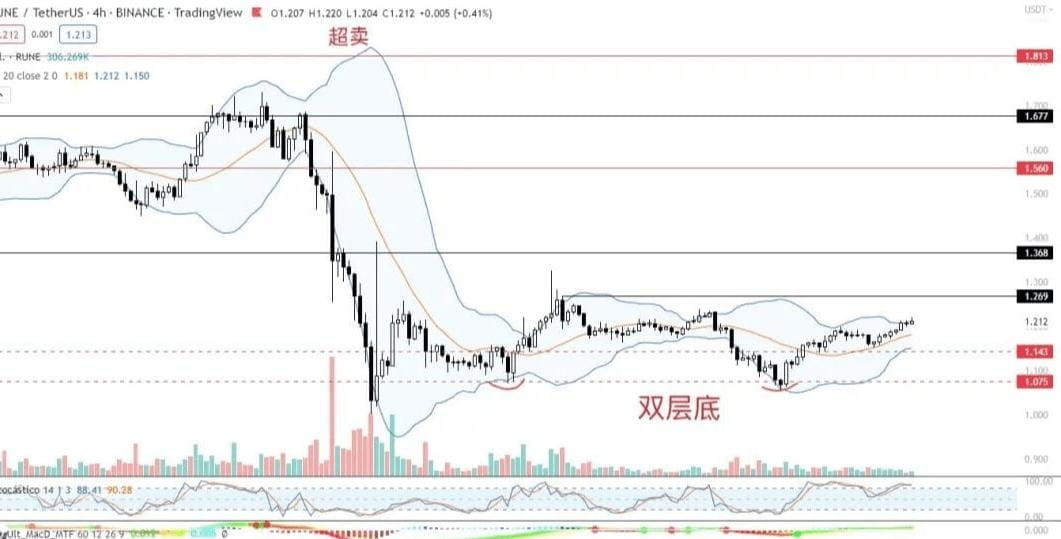
When these bands gradually narrow and seem to merge or overlap, a 'squeeze' occurs.
If the price is close to the upper band, it indicates a bullish breakout.
If the price converges with the lower band, it indicates a bearish breakout.
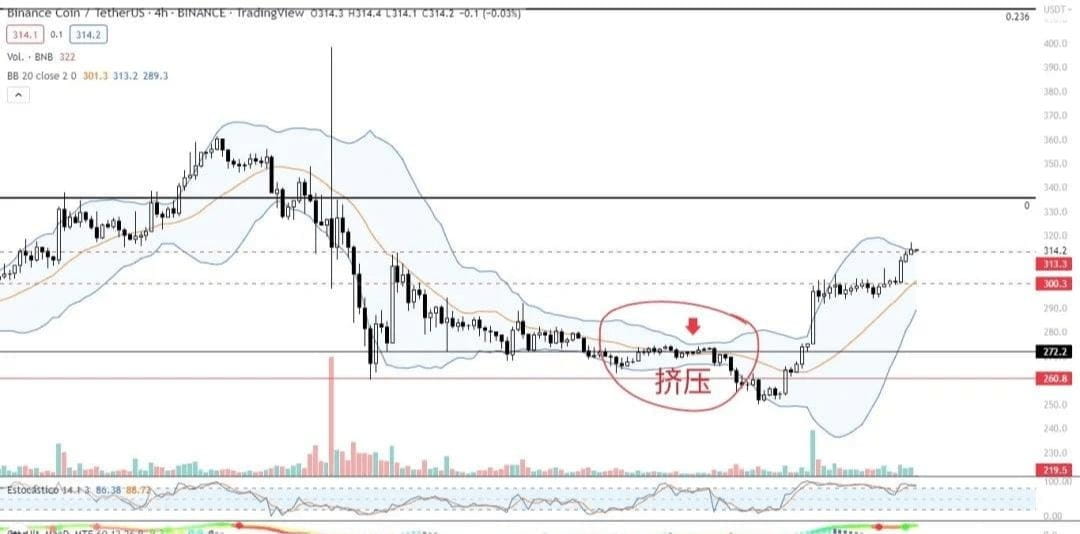
4. EMA
Exponential Moving Average is a type of weighted moving average used to measure bullish and bearish trends.
EMA is used to determine whether the price is rising or falling.
EMA can also serve as support and resistance.
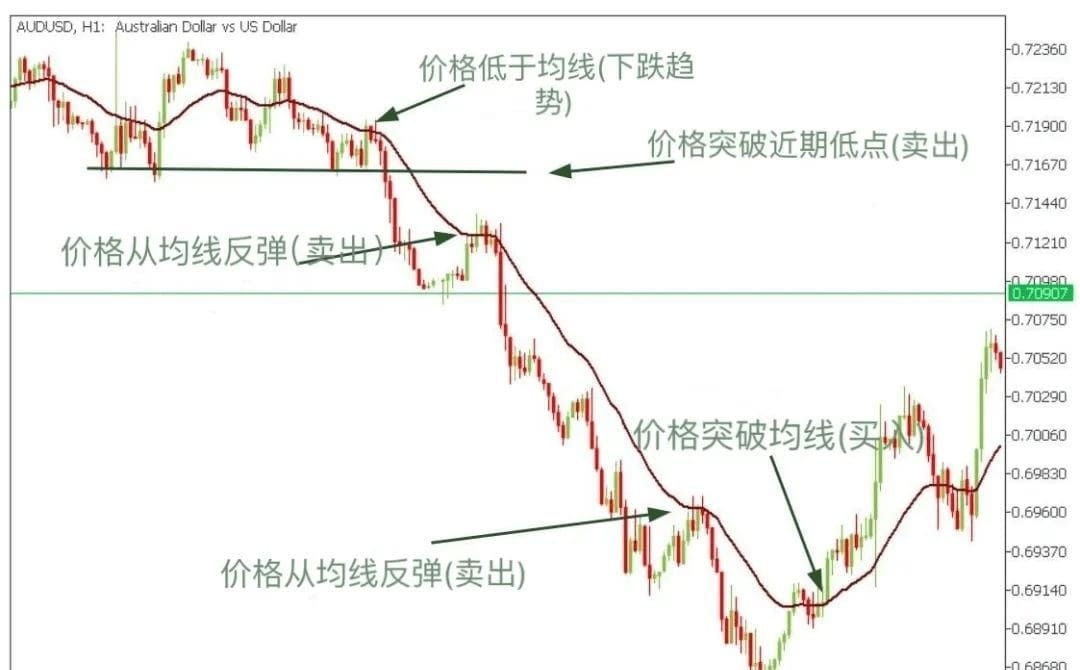
5. VWAP
Volume Weighted Average Price is a technical analysis tool that shows the ratio of asset price to its total trading volume.
It provides traders and investors with a measure of the average trading price over a given time period.
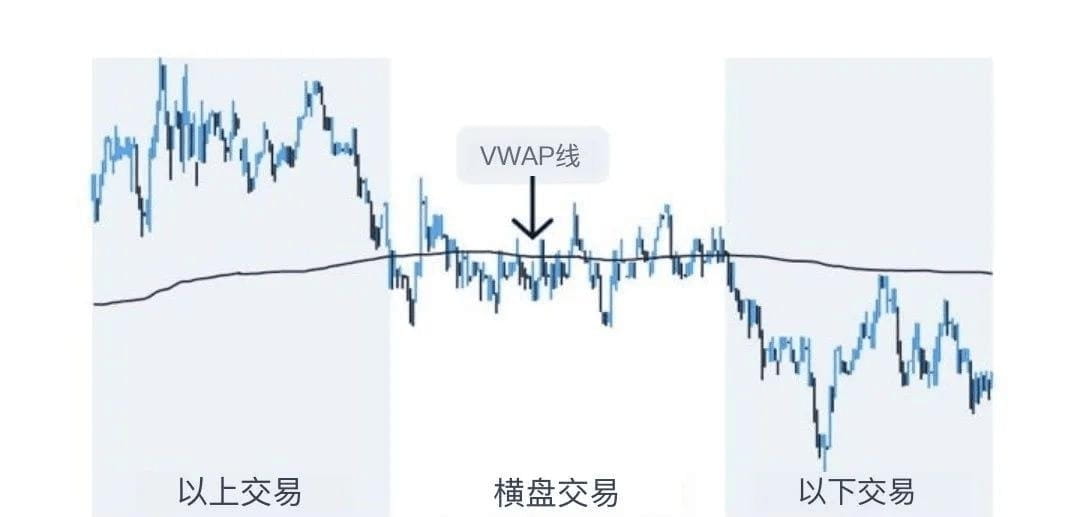
6. Volume
Trading volume is an indicator of market activity and liquidity over a specified period.
The higher the trading volume, the more favorable it is considered, as higher volume means better liquidity and order execution.
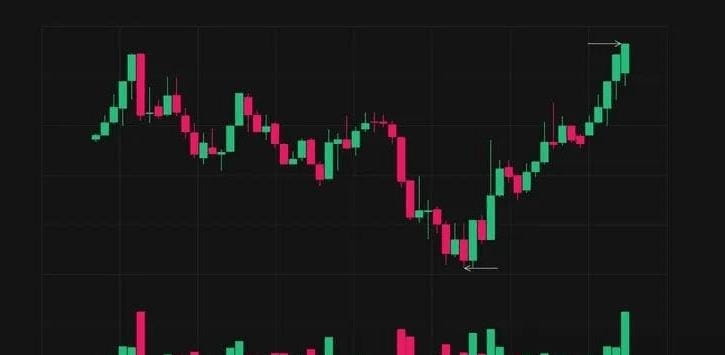

1. In most cases, Bitcoin is the leader of price movements in the crypto market. Strong altcoins sometimes deviate from Bitcoin's influence and trend independently, but altcoins generally cannot escape its influence.
2. Bitcoin and USDT move inversely; if you find USDT rising, be cautious of Bitcoin dropping. When Bitcoin is rising, it’s the right time to buy USDT.
3. Between 12 AM and 1 AM, pinning phenomena are likely to occur, so domestic traders can place low buy orders for their desired coins and high sell orders just before going to sleep; you might just end up making a deal while you rest.
4. Every morning between 6 AM and 8 AM is a good time to decide whether to buy or sell, as well as to judge the price movement for the day. If prices have been falling from 12 AM to 6 AM and continue to drop, it’s a buying or averaging down opportunity; the day is likely to rise. If prices have been rising from 12 AM to 6 AM and continue to rise, it’s a selling opportunity; the day will likely drop.
5. 5 PM is an important point of attention for rumors in the crypto world. Due to time zone differences, American traders are getting up to work, which may cause fluctuations in coin prices. Some significant rises or falls have indeed occurred at this time, so be particularly cautious.
6. There is a saying in the crypto circle about 'Black Friday', with a few instances of significant drops occurring on Fridays, but there have also been instances of rises or sideways movement. It’s not particularly reliable, just pay a little attention to the news.
7. If a coin with a certain trading volume guarantee drops, there's no need to worry. Patience will ensure you break even, whether in 3-4 days or up to a month. If you have extra USDT, consider averaging down in batches to lower the price; this will help you recover faster. If you don't have spare cash, just wait; it won't disappoint you, unless you really bought into I-coin.
8. Holding the same coin for the long term in spot trading yields greater returns than frequent trading; it just depends on whether you have the patience to hold.
Ultimately, the difficulty in profiting doesn't lie in strategy, but in execution. 'When the coin price is below the 30-day moving average for three consecutive days, you must decisively liquidate your holdings, without a shred of fantasy.' This statement has eliminated 80% of people.
If you are also a tech enthusiast and are deeply researching technical operations in the crypto world, you might want to pay attention to @加密大师兄888 for more insights!

